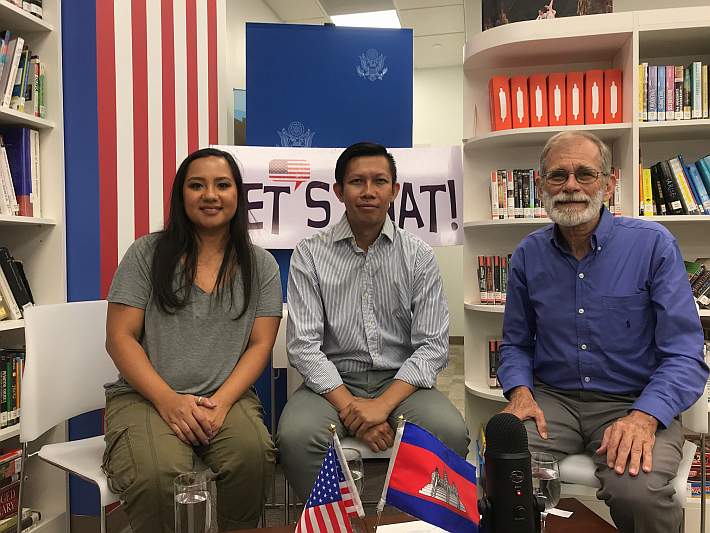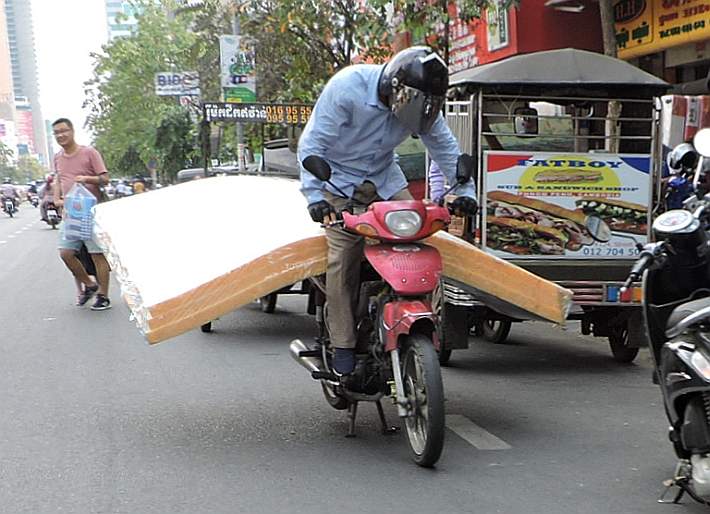
It’s not a particularly heavy or dangerous load–and it’s nice to sit on, but I’ll bet the other drivers give him a wide berth when they see him coming.
Charlie Dittmeier's Home Page

It’s not a particularly heavy or dangerous load–and it’s nice to sit on, but I’ll bet the other drivers give him a wide berth when they see him coming.
Repentance is to be sorry to be in one place, to want to be in another place, and to have the will and determination to get there. ~ Irish Jesuits.
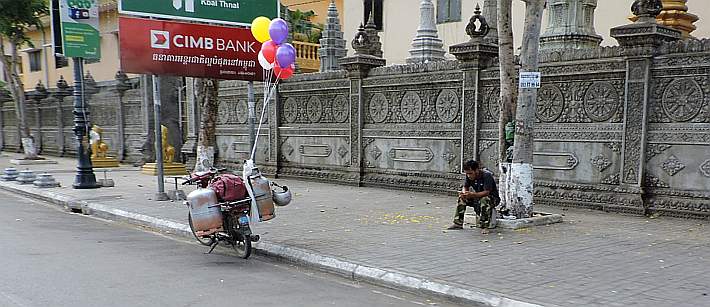
Donald Trump is an evangelist of white nationalism and white supremacy and his message must be rejected on grounds of faith by responsible Christians around the world and here in the U.S. ~ Sojourners

Korea Telecom sponsored a center for Cambodian deaf children to receive a medical device called a cochlear implant to help them hear some sounds by bypassing the part of their ear that does not work. Click here to see photos from the opening of the center.
This week saw the launch of the Australia Cambodia Cooperation for Equitable and Sustainable Services (ACCESS) to which the Maryknoll Deaf Development Programme was invited.
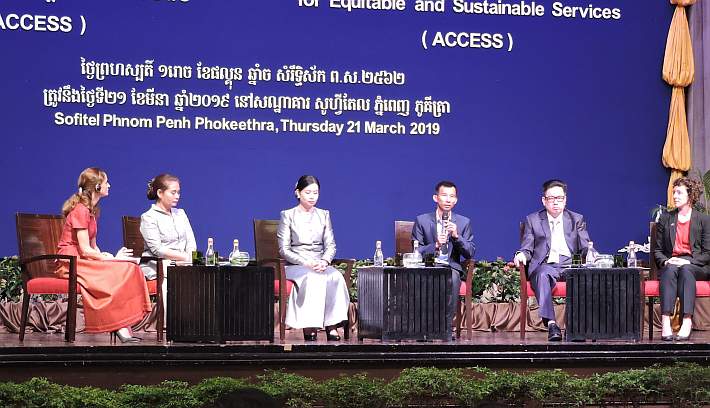

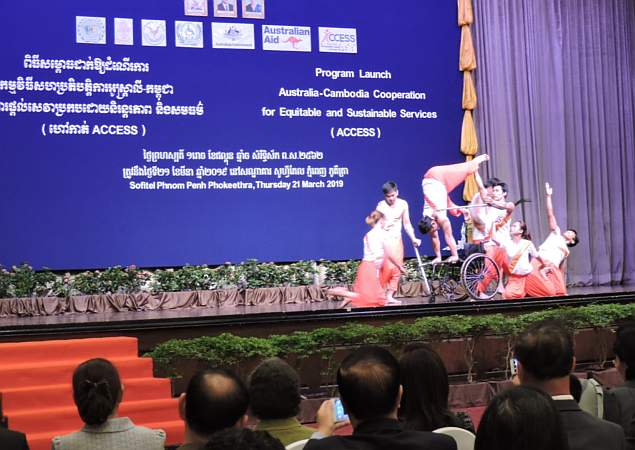
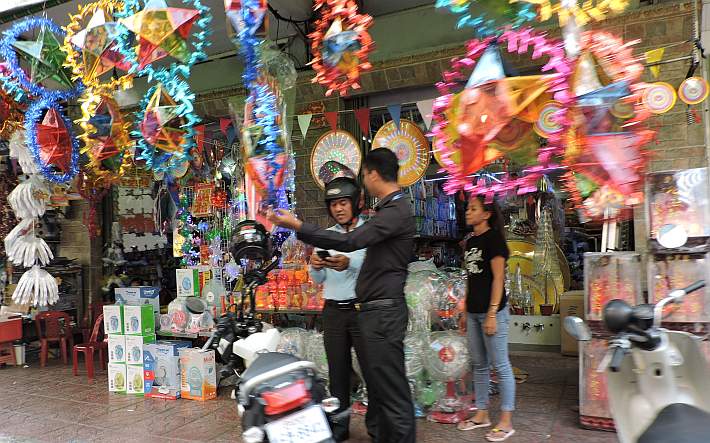
I’m not sure what kind of shop this is selling what I think of as Filipino Christmas stars. I’m guessing it’s an electrical shop but whatever it is, it sure has a colorful presence on the street.
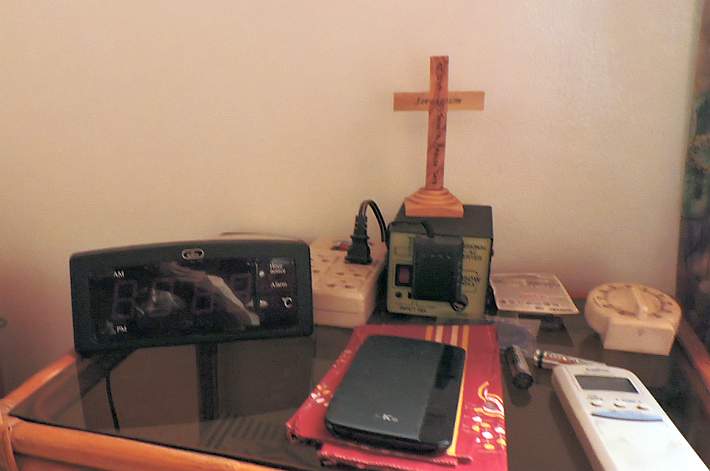
My digital clock and everything else was off this afternoon as the recently started daily power cuts continued. The power cuts alternate between morning and afternoon: yesterday the electricity was off for 5.5 hours in the morning and today it was off for 5.5 hours in the afternoon, returning at 5:30 PM. The government knows better than to cut power at night when everyone is at home.
The power situation has been bad throughout the almost twenty years I have been in Cambodia. It improved a bit a few years ago when power transmission lines were erected to buy power from Vietnam. But now it is the worst it has ever been. The prime minister keeps blaming climate change and lack of rain, but that’s just to avoid owning responsibility for the power shortage. After all, he has been in power for 32 years. Either he didn’t see the power problems coming, or he did see them and didn’t plan for them. Either way it reflects rather badly on his leadership.
Forgetting God in the recipe of a solid, sacramental marriage is like ignoring or forgetting a key ingredient in a recipe – it simply doesn’t turn out as well as we expected.
